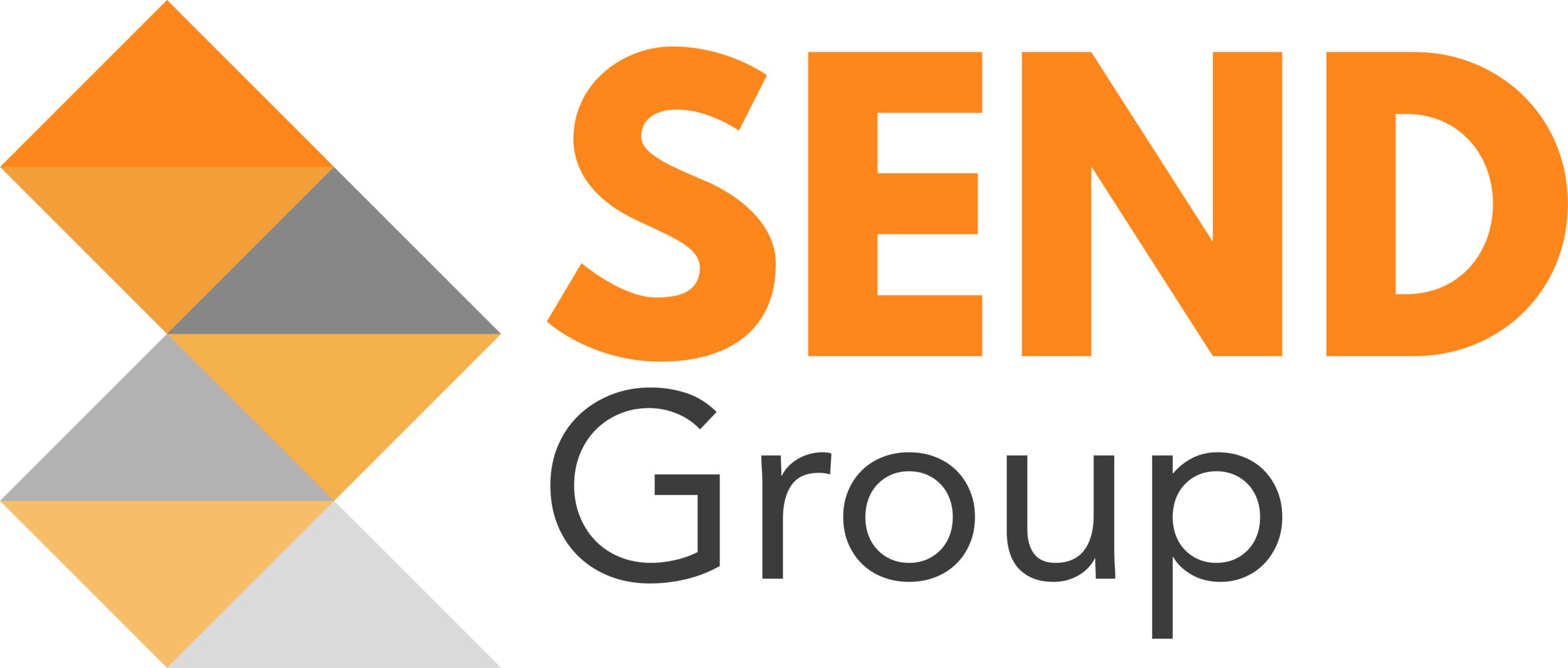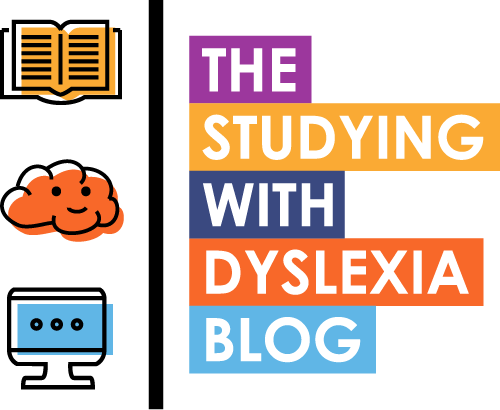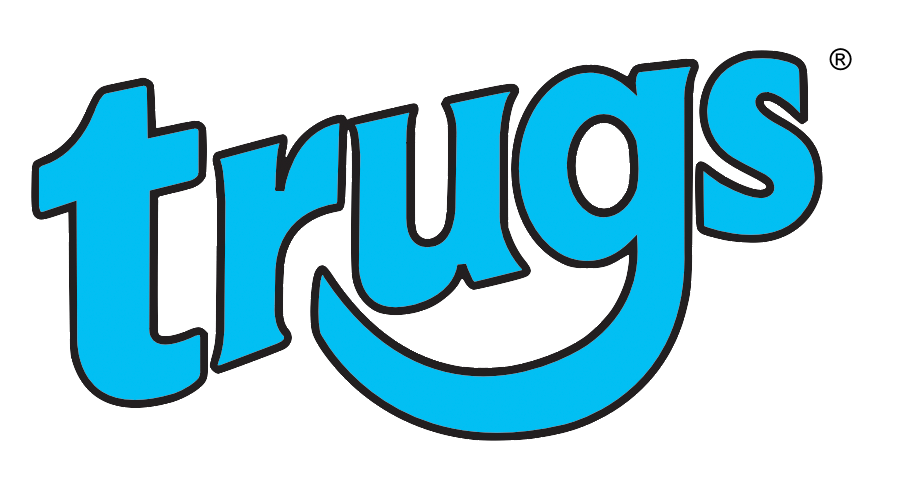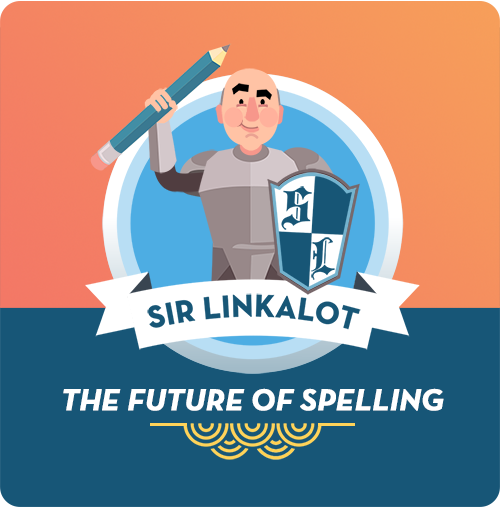What is Dyslexia
Dyslexia is a specific learning difficulty that primarily affects the ability to read and spell accurately and fluently. It involves challenges with phonological processing, memory, and information processing, which can impact not only literacy but also other areas such as organisation, motor skills, and learning additional languages. Despite these difficulties, dyslexia is not an indicator of low intelligence; rather, it exists across a spectrum of abilities. Individuals with dyslexia often display significant strengths in areas like creative thinking, problem-solving, visual-spatial skills, and oral communication. Dyslexia is best understood as a complex, multifaceted condition that presents both challenges and unique strengths.
Dyslexia
Dyslexia is a specific learning difficulty that primarily affects the skills involved in accurate and fluent word reading and spelling. It is fundamentally a set of processing difficulties that impact the acquisition of literacy, with some or all aspects of reading and spelling being weaker relative to age, standard instruction, and other abilities. Dyslexia is characterised by difficulties in phonological processing, such as phonological awareness, processing speed, and memory, but these do not fully account for the variability observed among individuals.
Dyslexia is not confined to reading and writing difficulties; it also affects the way information is processed and remembered. This can influence learning more broadly, including areas such as mathematical skills, reading comprehension, and learning additional languages. Dyslexic individuals may also face challenges with working memory, orthographic skills, and processing speed. Additionally, dyslexia often co-occurs with other developmental difficulties, such as developmental language disorder, dyscalculia, ADHD, and developmental coordination disorder.
Dyslexia exists on a continuum, meaning it can vary in severity and does not have a clear-cut definition. Its manifestation depends on multiple genetic and environmental factors. While it is important to recognise the challenges associated with dyslexia, it is equally important to acknowledge that many dyslexic individuals demonstrate strengths in areas such as reasoning, creativity, problem-solving, and oral skills.
This definition aligns with the British Dyslexia Association’s (BDA) adoption of the Rose (2009) definition and reflects the updated understanding from the SASC (Specific Learning Difficulties Assessment Standards Committee) as of 2023.
Traits of Dyslexia:
-
Reading and Writing Difficulties:
- Struggles with accurate and fluent word reading.
- Difficulty with spelling and writing.
- Frequent reading errors, such as reversing letters or words.
-
Phonological Processing Issues:
- Trouble with phonological awareness (recognising and manipulating sounds in words).
- Slow phonological processing speed.
- Weak phonological memory.
-
Information Processing and Memory:
- Challenges in processing and remembering information seen or heard.
- Difficulty following multi-step instructions.
- Poor working memory.
-
Language and Communication:
- Trouble finding the right words or expressing ideas clearly.
- Difficulty learning new vocabulary.
- Issues with reading comprehension despite good spoken language skills.
-
Organisational Skills:
- Poor time management and organisational abilities.
- Difficulty planning and completing tasks.
-
Motor Coordination and Other Skills:
- Possible challenges with fine and gross motor skills.
- Co-occurring difficulties such as dyscalculia (math difficulties), ADHD, or developmental coordination disorder.
-
Cognitive and Learning Strengths:
- Strong reasoning and problem-solving skills.
- High creativity and visual-spatial abilities.
- Strengths in design, interactive skills, and oral communication.
-
Variability and Continuum:
- Dyslexia varies in severity; no clear cut-off points.
- Manifestation depends on genetic and environmental influences.
-
Impact on Other Areas:
- May affect mathematical skills and reading comprehension.
- Difficulty learning additional languages.
These traits can help in identifying and understanding dyslexia, facilitating better support and intervention strategies.
Strengths of Dyslexia:
-
Creative Thinking:
- Ability to think outside the box and approach problems from unique perspectives.
- Often excels in creative fields such as art, design, music, and creative writing.
-
Visual-Spatial Skills:
- Strong ability to understand and manipulate visual information.
- Good at tasks involving visualisation, such as interpreting graphs, maps, and 3D models.
-
Problem-Solving:
- Excellent reasoning skills and a knack for solving complex problems.
- Often able to identify patterns and connections that others might miss.
-
Oral Communication:
- Strong verbal communication skills, particularly in spoken interactions.
- Effective at expressing ideas and concepts verbally.
-
Empathy and Social Skills:
- High levels of empathy and understanding of others’ emotions.
- Good at building relationships and working in teams.
-
Resilience and Adaptability:
- Ability to overcome challenges and adapt to new situations.
- Often develops strong coping strategies to manage difficulties.
-
Big Picture Thinking:
- Natural inclination to see the bigger picture and understand overarching concepts.
- Can excel in strategic planning and visionary roles.
-
Innovation and Entrepreneurial Spirit:
- Tendency to be innovative and entrepreneurial, with a willingness to take risks and try new ideas.
- Many dyslexic individuals have founded successful businesses or made significant contributions in their fields.
-
Storytelling and Narrative Skills:
- Strong storytelling abilities, with a talent for creating compelling narratives.
- Effective at using stories to communicate ideas and influence others.
These strengths highlight the positive attributes associated with dyslexia, demonstrating that while dyslexia presents challenges, it also brings valuable skills and talents that can be leveraged in various areas of life and work.
Parenting Dyslexia Supporter
Flexitable
Numeracy Charts & Maths Manipulatives for Classroom Learning & Homeschooling Children. numeracy charts can help every child learn the basic principles of maths. Whether it is multiplication, division, addition or subtraction, fractions or percentages or decimals
Trugs
“trugs” – teach reading using games.
Trugs® is a phonics based reading resource for school and home. Trugs is a fun way to support those learning to read.
English Type
Learn to Touchtype - educational touch typing programs
Englishtype Junior is the educational and fun way to teach typing for kids. Developed by an experienced Educational Psychologist especially for the UK Curriculum and designed by award winning game designers. Teaching touch typing in schools and at home, Englishtype has taught thousands of kids to type without looking.
IDL
International Dyslexia Learning (IDL) provides specialist multi-sensory software to primary and secondary schools in the UK and around the world.
Sir Linkalot
Sir Linkalot is an innovative, educational and fun app that is transforming how we learn to spell.Through developing memorable connections or ‘links’, users are able to learn words from ‘I’ all the way to ‘onomatopoeia’. These are brought to life through hundreds of entertaining, memorable animations
Spell Wizards
Learn with fun, quick lessons that improve spelling, typing and listening skills.
Learn at home and get reports on your child’s performance and progress and see improvement in your child's spelling.
In Association








